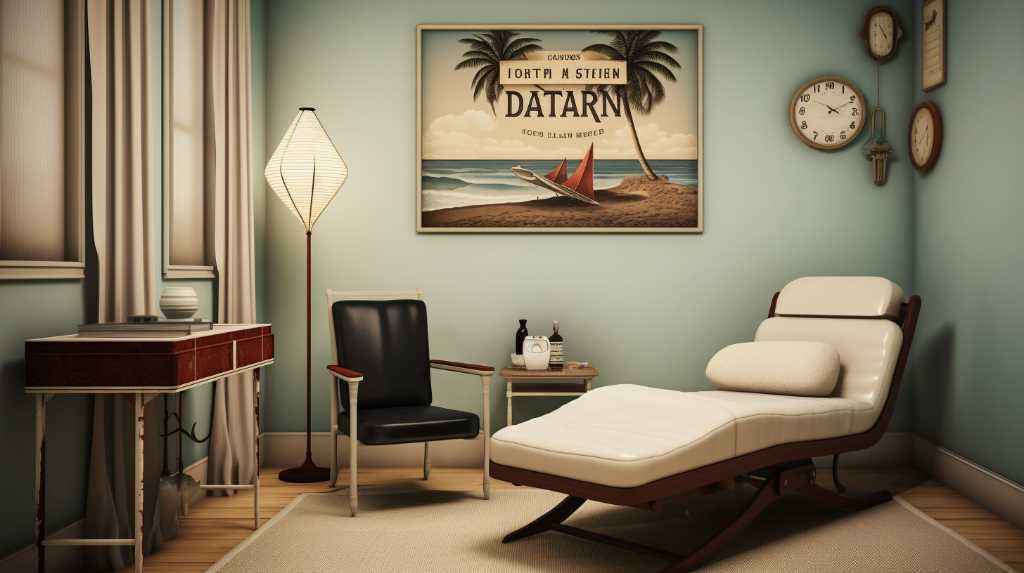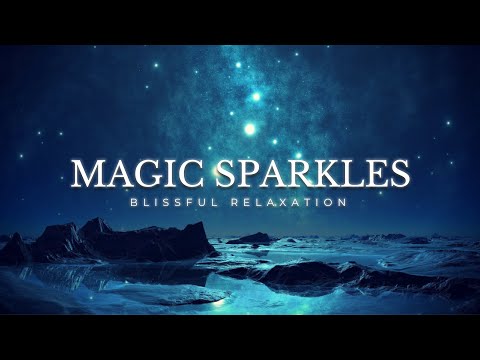As the saying goes, ‘Rome wasn’t built in a day,’ and neither was the practice of Progressive Muscle Relaxation (PMR).
You can trace its roots back to the early 20th century, thanks to Dr. Edmund Jacobson. He realized that when you’re deeply relaxed, you don’t flinch at loud noises.
He then developed a method for you to become more aware of your muscle tension and learn how to reduce it. This practice involves you deliberately tensing and then relaxing specific muscle groups, helping to create a safe haven within your body.
It’s a technique that’s stood the test of time, evolving into a staple method for combating stress and anxiety, offering you a reliable way to find tranquility in a tense world.
Key Takeaways
- Dr. Edmund Jacobson developed Progressive Muscle Relaxation (PMR) as a structured method to combat physiological symptoms of anxiety.
- PMR originated in the early 20th century, with Jacobson identifying the connection between muscle tension and mental relaxation.
- PMR has a scientific foundation, with studies showing its efficacy in reducing anxiety and altering physiological responses.
- Practicing PMR promotes deep relaxation, releases tension, and contributes to overall mental and physical health.
Edmund Jacobson’s Pioneering Work
Why should you consider Edmund Jacobson a pioneer in the field of relaxation techniques?
His early work on the technique of progressive muscle relaxation (PMR) laid the foundation for a systematic approach to achieving deep relaxation. Jacobson’s PMR program meticulously taught individuals to discern and manage muscle tension through a cycle of tensing and relaxing specific muscle groups.
This relaxation training was groundbreaking, as it provided a structured method to combat the physiological symptoms associated with anxiety states.
Through his dedication, Jacobson established a cornerstone of relaxation techniques that has since been adapted and refined. His commitment to understanding muscle tension combined with relaxation practices has proven instrumental in enhancing safety and well-being for those plagued by panic, phobias, and anxiety.
Early 20th Century Beginnings
You’ll find the origins of progressive muscle relaxation in the early 20th century when Edmund Jacobson first identified the connection between muscle tension and mental relaxation. His technique involves a meticulous training process where individuals learn to perceive even weak contractions in each muscle before relaxing it. This systematic tension and relaxation were fundamental in the early 20th century beginnings of progressive muscle relaxation.
| Aspect | Detail |
|---|---|
| Inventor | Edmund Jacobson |
| Technique Focus | Learning to perceive and control tension |
| Adaptation for Therapy | Joseph Wolpe’s integration into therapy |
This relaxation technique is grounded in the principle that muscle tenseness is linked to mental anxiety, and by becoming aware of the sensations associated with being tense and relaxed, one can manage stress more effectively.
PMR’s Scientific Foundations
As you delve into the scientific underpinnings of Progressive Muscle Relaxation, it’s clear that the technique’s roots extend back to Edmund Jacobson’s early 20th-century research on the absence of muscle tension in relaxed states. The empirical evidence supporting PMR is robust:
- McCubben et al conducted randomized clinical trials showing relaxation reduces anxiety.
- Joseph Wolpe’s systematic desensitization integrated PMR, investigated the relaxation response, and its therapeutic effects.
- Stefano et al provided insights into how opioids play an important role in PMR’s efficacy by modulating the role of endogenous opioids.
- Contemporary studies confirm that PMR can alter physiological responses, supporting its use as a safe, non-pharmacological intervention for anxiety and pain relief.
From Theory to Practice
You can experience the benefits of Progressive Muscle Relaxation firsthand by learning how to apply its techniques in your daily routine. Training in progressive muscle relaxation involves a methodical approach to relaxing the muscle groups, starting from the toes and moving upwards.
Progressive relaxation reduces anxiety by promoting a state of deep relaxation that blunts sympathetic arousal, thereby mitigating stress responses. Practicing progressive muscle relaxation can help you learn how to release the tension that accumulates in your body, which is crucial for maintaining mental and physical health.
To practice this technique safely and effectively, it’s essential to understand the underlying principles and to follow structured guidance, which can be found in various scholarly resources or through professional training sessions.
Can you provide more information on the origins of Progressive Muscle Relaxation?
The history of progressive muscle relaxation can be traced back to the 1920s when it was developed by physician Edmund Jacobson. He believed that mental and physical tension were closely linked and that relaxing the muscles could lead to overall relaxation and stress reduction.
PMR’s Expansion and Evolution
Someone might wonder how a method developed in the early 20th century has grown to become a widely accepted practice in modern stress management and psychotherapy.
Progressive Muscle Relaxation (PMR) has evolved significantly, integrating into various therapeutic frameworks to address:
- Anxiety and phobias: PMR reduces acute stress and has been shown to alleviate anxiety symptoms effectively.
- Cognitive Behavioral Therapy: It’s used as a complementary technique to enhance the effects of CBT.
- Self-care routines: Practicing PMR at night can promote relaxation and decrease tension, aiding in overall well-being.
- Professional development: Clinicians are encouraged to continually train in PMR, ensuring its proper application in therapy.
This expansion underscores PMR’s versatility and enduring relevance in the work against stress-related ailments.




